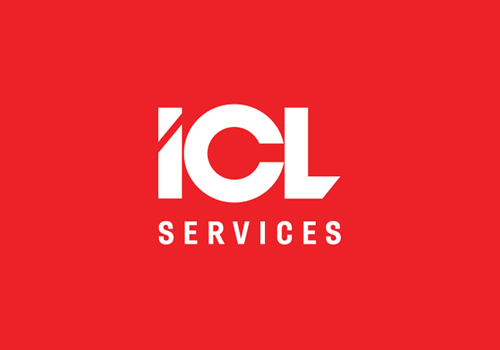Готово!
Скоро материал придет на указанную электронную почту. Также подписывайте на нас в Facebook
Ok
Time to change: How do I effectively migrate to the new OS?
Therefore, it is necessary to properly plan the transfer, consider possible bottlenecks and assess the risks. As a result, if you follow 7 stages of a typical migration project you can expect not only to reduce user downtime but also to save money and increase the productivity of your company.
Developers of operating systems are constantly expanding the functionality of their products and improving the security and ease of use. A head executive can decide to take advantage of the new product by replacing an operating system. However, with the increase in the complexity and integratedness of new OS with the environment and application software, as well as in the number of updated end devices make the process of replacing an operating system more complex and more economically risky. Only fast, secure and unnoticeable for an end-user migration to new versions of operating systems can help overcome all these fears concerning migration from one operating system to another. As a result, a company not only improves the workplace efficiency and reduces the cost of IT infrastructure maintenance but also gets happier employees.
Planning and implementation
A typical project of migration to a new operating system includes 7 basic stages. After they are completed a company gets a project completed timely and in accordance with the approved budget.
The first stage is planning, it includes creation of a detailed migration plan to the new OS together with all concerned parties, as well as strategy development. The second stage — business analytics — includes gathering information about hardware and software, analysis and rationalization of the collected data. High-level and low-level design of user and server environment is developed at the design stage. The next stage — solution development — consists of updating and creating server components, user environment, applications and operating system images, user data virtualization platform. The importance of this stage lies in the development of a technical solution that meets industry standards. The fifth stage is the full-scale testing of solution components. It is conducted in accordance with project documentation, which allows detecting the migration project solution drawbacks in time, provides an opportunity to correct them with minimal cost and helps prevent any negative impact on users. Then the pilot phase starts. Pilot stage of the migration project is conducted with a group of real users. Finally, the last stage — implementation. In fact, it is a centralized migration of users based on geographic location, business or organizational hierarchy. Operating system, user and business application images are deployed.
Thus, as a result of migration to the new version of the OS a company will increase the efficiency of workplaces as well as reduce the expenses on IT infrastructure. This will strengthen the business and protect it from forced downtime, productivity decrease and information security risks.
You can find the rest of the article about information security, workplace improvement during migration and optimization of expenses on the website of the Cnews magazine.
Stay informed
Subscribe to our newsletter and keep up with our latest news
Ask a question
Request a call
NEWS SUBSCRIPTION
THANKS!
Your application has been sent. We will contact you shortly

